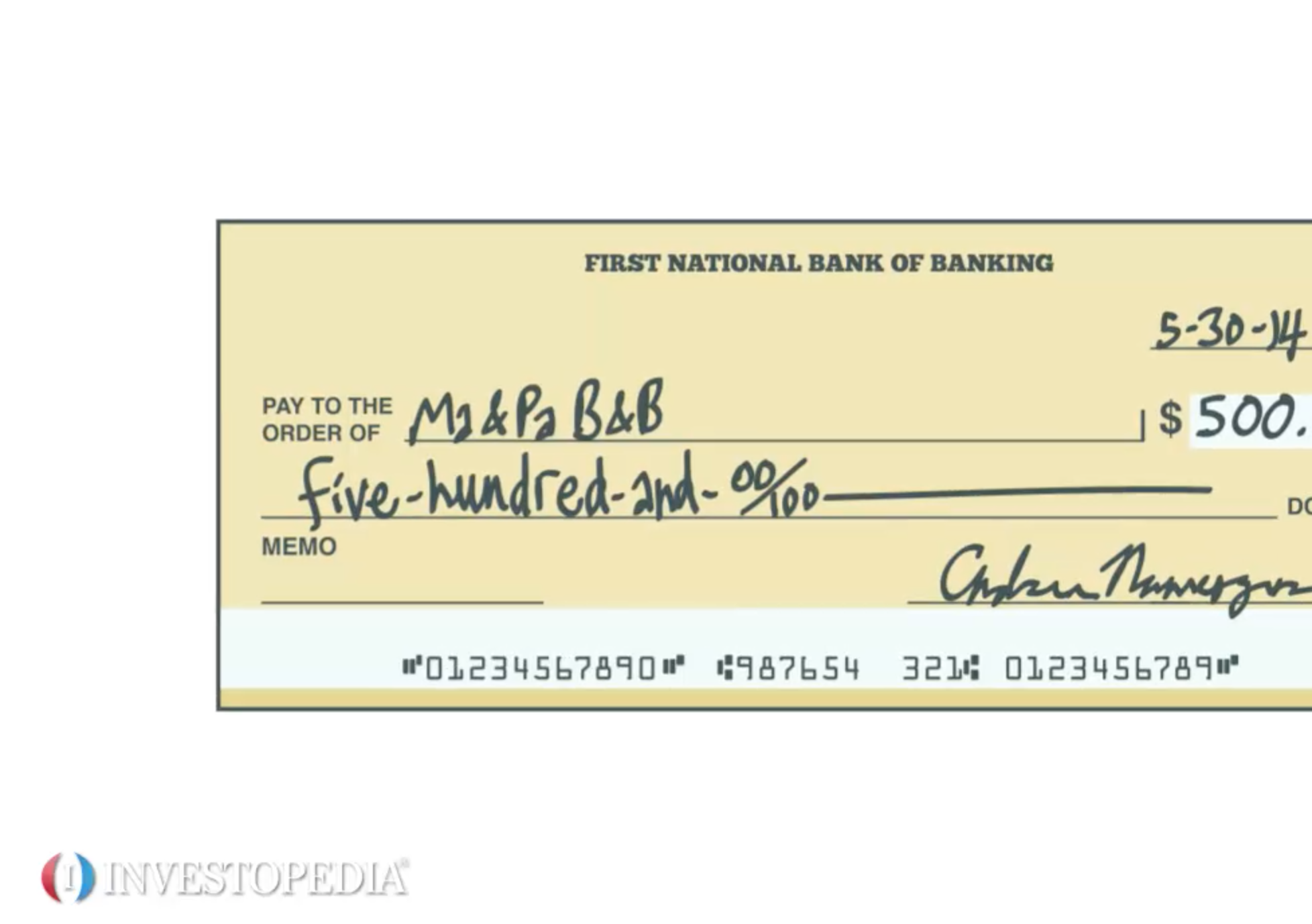What Are The 4 Types Of Endorsements Explained
Types Of Endorsements| Negotiable Instruments Act,1881
Keywords searched by users: What are the 4 types of endorsements 7 types of endorsement, full endorsement, types of endorsement with example, endorsement in banking pdf, types of endorsement of cheque, What is endorsement, What is product endorsement, What is celebrity endorsement
What Are The 5 Types Of Endorsements?
The topic at hand is the various types of endorsements that can be applied to a negotiable instrument. Endorsements are essential when transferring ownership or rights associated with financial documents like checks or promissory notes. These endorsements serve different purposes, providing specific instructions or conditions for the instrument’s handling. Here, we’ll discuss the five main types of endorsements to provide a clearer understanding:
-
Blank/General Endorsement: In this type, the endorser signs the negotiable instrument without specifying the recipient’s name, making it payable to the bearer, and allowing anyone in possession to claim payment.
-
Full/Special Endorsement: With this endorsement, the endorser not only signs but also designates a specific party as the payee, making the instrument payable only to that named individual or entity.
-
Restrictive Endorsement: This type of endorsement includes additional instructions, such as “For Deposit Only” or “For Collection,” limiting how the instrument can be used or where it can be credited.
-
Conditional Endorsement: In conditional endorsements, the endorser imposes specific conditions that must be met for the instrument to be valid or for payment to be released, such as “Payable upon delivery of goods.”
-
Facultative Endorsement: Facultative endorsements grant the payee the option to either endorse the instrument to someone else or cash it themselves, adding flexibility to the negotiation process.
By understanding these five types of endorsements, individuals can navigate the complexities of negotiable instruments more effectively. To illustrate these concepts further, let’s explore an example.
What Are The 3 Main Endorsements?
The question at hand is, “What are the 3 main endorsements?” To provide a comprehensive understanding of this topic, we can describe three primary types of endorsements commonly used on checks:
-
Blank Endorsement: The first type of endorsement is the blank endorsement. This occurs when the back of a check is simply signed without any additional restrictions or instructions. Essentially, it transforms the check into a bearer instrument, meaning anyone who possesses it can cash or deposit it.
-
Restrictive Endorsement: Another significant type is the restrictive endorsement. When a check is endorsed this way, it ensures that the funds can only be deposited into a specific account. Typically, the endorser writes “For Deposit Only” followed by the account number on the back of the check. This safeguards the check’s use for a designated purpose.
-
Special Endorsement: The third primary endorsement is the special endorsement. This endorsement allows the payee to transfer their right to the funds to someone else. To do this, the payee writes a statement like “Pay to the Order of [Name]” on the back of the check, effectively making it payable to that specified individual or entity. Special endorsements are often used when the payee wants to pass the check on to another party.
These three types of endorsements cover a range of options for handling checks, providing clarity on how the funds can be used and who has access to them.
Collect 12 What are the 4 types of endorsements


:max_bytes(150000):strip_icc()/how-to-endorse-checks-315300-156cf43ec02848b9b6ac30864994d91a.jpg)
Categories: Collect 88 What Are The 4 Types Of Endorsements
See more here: thonggiocongnghiep.com

Blank or General Endorsement. Full Endorsement or Special Endorsement. Conditional Endorsement. Restrictive Endorsement.Essential of Valid Endorsement:
Endorsement is on the back or face of the instrument. 2.It must be made by the maker or holder. 3.It must be properly signed by the endorser. 4.It must be for the entire Negotiable Instrument.An endorsement is an amendment or special clause to a document or contract, an authorizing signature, or a public declaration of support. Specific types include insurance, signature, and license endorsements.
- #1 – Blank/General. In this case, the endorser places only their signature on the negotiable instrument and does not write the name of a party who will receive the payment.
- #2 – Full/Special. …
- #3 – Restrictive. …
- #4 – Conditional. …
- #5 – Facultative. …
- #6 – Partial. …
- #7 – Sans Recourse. …
- Example #1.
- Blank Endorsement. A blank endorsement is made when the back of a check is signed without any added restrictions. …
- Restrictive Endorsement. A restrictive endorsement ensures that a check will be deposited into a specific account. …
- Special Endorsement.
Learn more about the topic What are the 4 types of endorsements.
- Endorsement of Instruments – Explanation, Types and FAQs
- Endorsement – Meanings, Explained, Types, Examples
- How to Endorse a Check: The Complete Guide – NorthOne
- Endorsement of Instrument – LegalRaj
- Endorsements: Signatures, Insurance Riders, and Public Approvals
- Your Complete Guide for How to Endorse a Check – Beyond Borders
See more: https://thonggiocongnghiep.com/category/arts